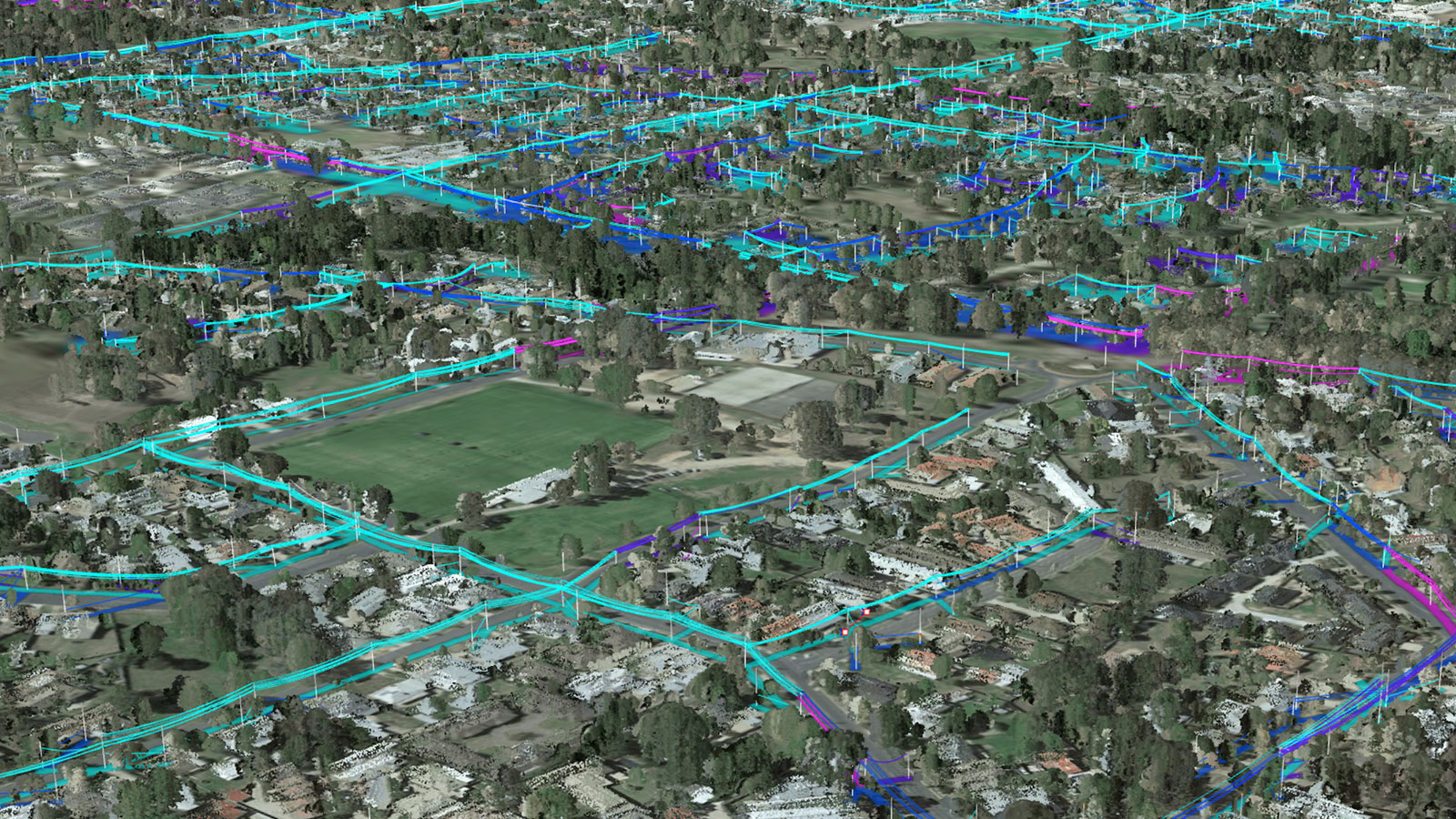Taco Engelaar, Managing Director and Europe Lead at Neara, explores how AI can enhance safety and grid resilience amid escalating climate challenges.
Power engineers are in the midst of a perfect storm. Ageing energy infrastructure, workforce shortages and more frequent extreme weather events battering the grid are intensifying the complexity of network maintenance while making safety in the field a growing concern.
More frequent repairs are required across the grid, with power lines at risk of failing more often and a higher number of poles needing replacement. But the conditions in which this work must be carried out are becoming increasingly treacherous – flash floods, high winds and even wildfire are fast becoming the new norm, leaving engineers more exposed to the elements when working to keep communities safe and power online.
Utilities continue to do all they can to safeguard engineers on the ground. However, manual risk assessment, safety training and PPE will only ever be able to deliver a certain amount of protection against the quickly escalating climate threat we find ourselves faced with. As conditions become increasingly volatile, we need new tools to protect network engineers while preserving the grid and maintaining energy security for consumers.
Emerging technologies, like AI, could hold the answer. These tools are unlocking new levels of visibility for utilities, allowing them to identify risks sooner, remotely manage certain elements of network maintenance, and model future weather events before they hit. This is significantly de-risking grid management and repair, providing enhanced insight that can be used to inform action and prepare engineers before they enter the field.
Providing clearer, more comprehensive oversight and risk assessment
When coupled with digital modelling technologies, AI can provide unparalleled visibility and oversight of electricity networks by enabling us to create hyper-accurate digital models of our infrastructure. Using AI, these models bring together multiple high fidelity data sources – such as LiDAR, geospatial, and satellite data – to virtually map entire networks in granular detail. From individual poles and transmission lines to surrounding vegetation and buildings, AI can help to give engineers clear eyes on the state of the grid before stepping foot in the field.
Using these models, any risk or potential damage to network assets can be monitored remotely, leading to quicker identification of potential problems and prioritisation of repairs. This means that engineers can not only act faster to mend and protect vulnerable parts of the network, but can do so armed with a much greater level of information, with stronger risk assessment to protect them on the ground.
Predicting storm behaviour and preparing for extreme weather risk
As well as improving oversight, AI can help to provide the increased foresight desperately needed as extreme weather events hit the grid with alarming frequency. Having the ability to predict how an oncoming storm might behave and impact the network is crucial to optimising response plans and keeping communities connected, while protecting those carrying out repairs. Using AI-powered digital models, engineers can model individual storms before they arrive, in a safe, virtual environment, giving them the best insights possible to direct their response and prepare for potential damage.
For example, during a once-in-50-year flood, the use of AI and digital modelling supported Australian utility Endeavour Energy to virtually model the event. Using the simulation, they were able to predict which areas of the grid were at particular risk from the storm, including where clearance limits could be breached, and to switch off any areas where there was significant risk from floodwater, without stepping foot in the field. Once the flooding had subsided, the model enabled them to restore power more quickly to those most in need. Overall, use of the technology helped them to eliminate up to 300 hours of manual inspection time.
In a similar flooding event in South Australia, in which 400 miles of power lines and around 4000 poles were affected by floodwater, AI and digital modelling helped utility SA Power Networks safely re-energise power lines within five days, as opposed to the predicted three weeks with manual methods, all from the safety of a control room.
Facilitating smarter, remote grid optimisation
AI also has a role to play in enabling more grid optimisation work to be completed remotely. By providing the tools to carry out certain checks – such as line rating and overhead line clearance – in a digital environment, it can speed up work which might otherwise be delayed due to time-intensive fieldwork and the impact of workforce shortages. At the same time, it can make engineers’ roles safer, reducing the need for them to deal directly with high-risk infrastructure on the ground and freeing up capacity for repairs that will help safeguard the grid against future threat.
For example, when using AI and digital modelling to perform line rating across a network in a fast-growing region in Texas, one utility found that their lines could safely be run at double the current capacity, enabling significantly more clean energy to be connected. This remote grid optimisation allowed insights to be collected and harnessed much more quickly and safely, easing pressure on network engineers while supporting them to focus on other, more urgent grid maintenance and repairs.
As climate change continues to gather pace, power engineers will inevitably become more vulnerable in the field and come up against increasingly unpredictable conditions. Safeguarding will become a considerably more complex challenge. But by harnessing emerging technologies, like AI, to unlock higher network visibility, model future weather events, and empower engineers to carry out certain tasks remotely, we can significantly de-risk grid repair, while future-proofing our energy infrastructure.


